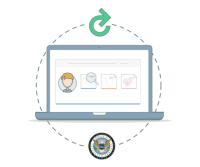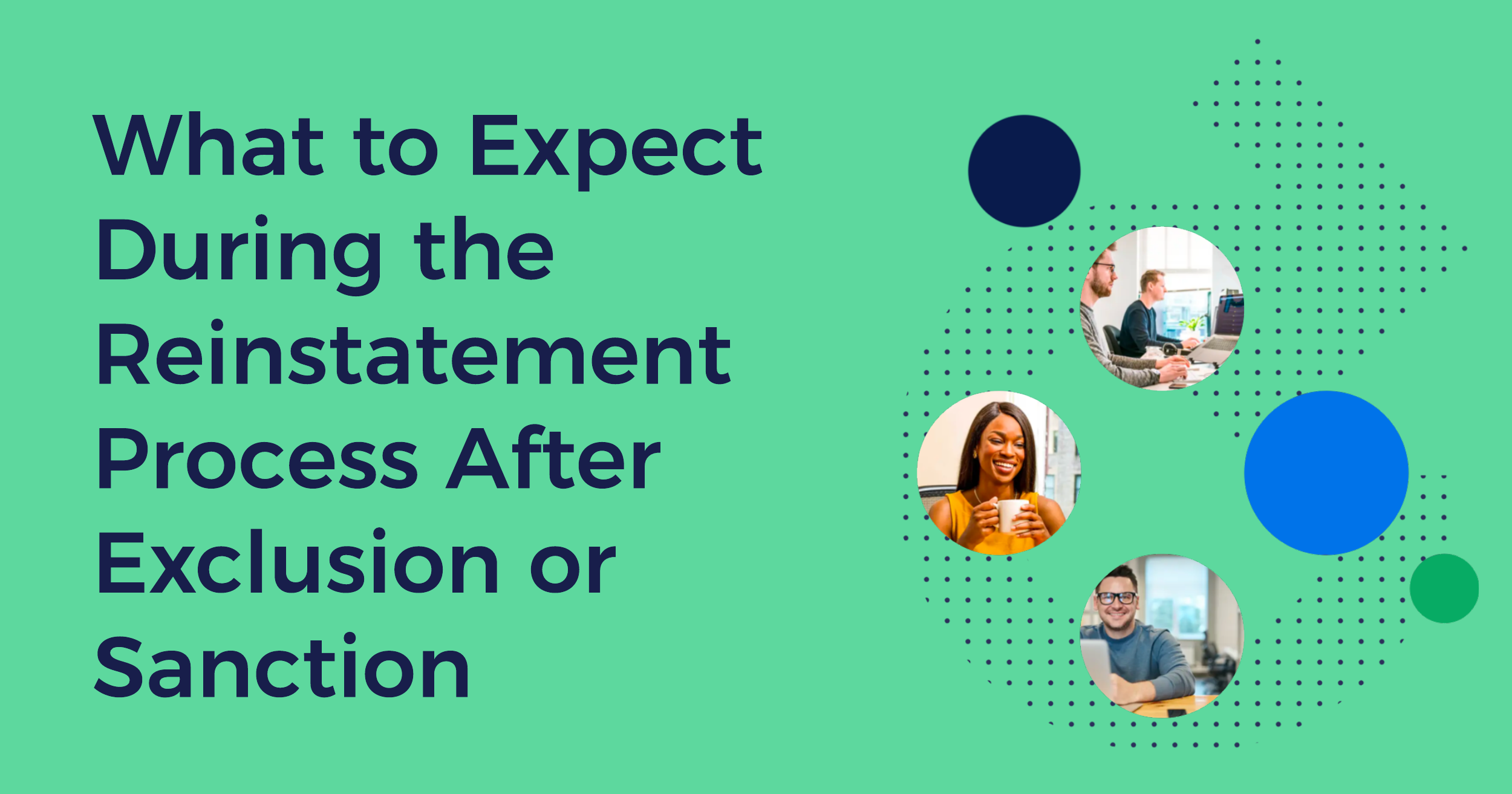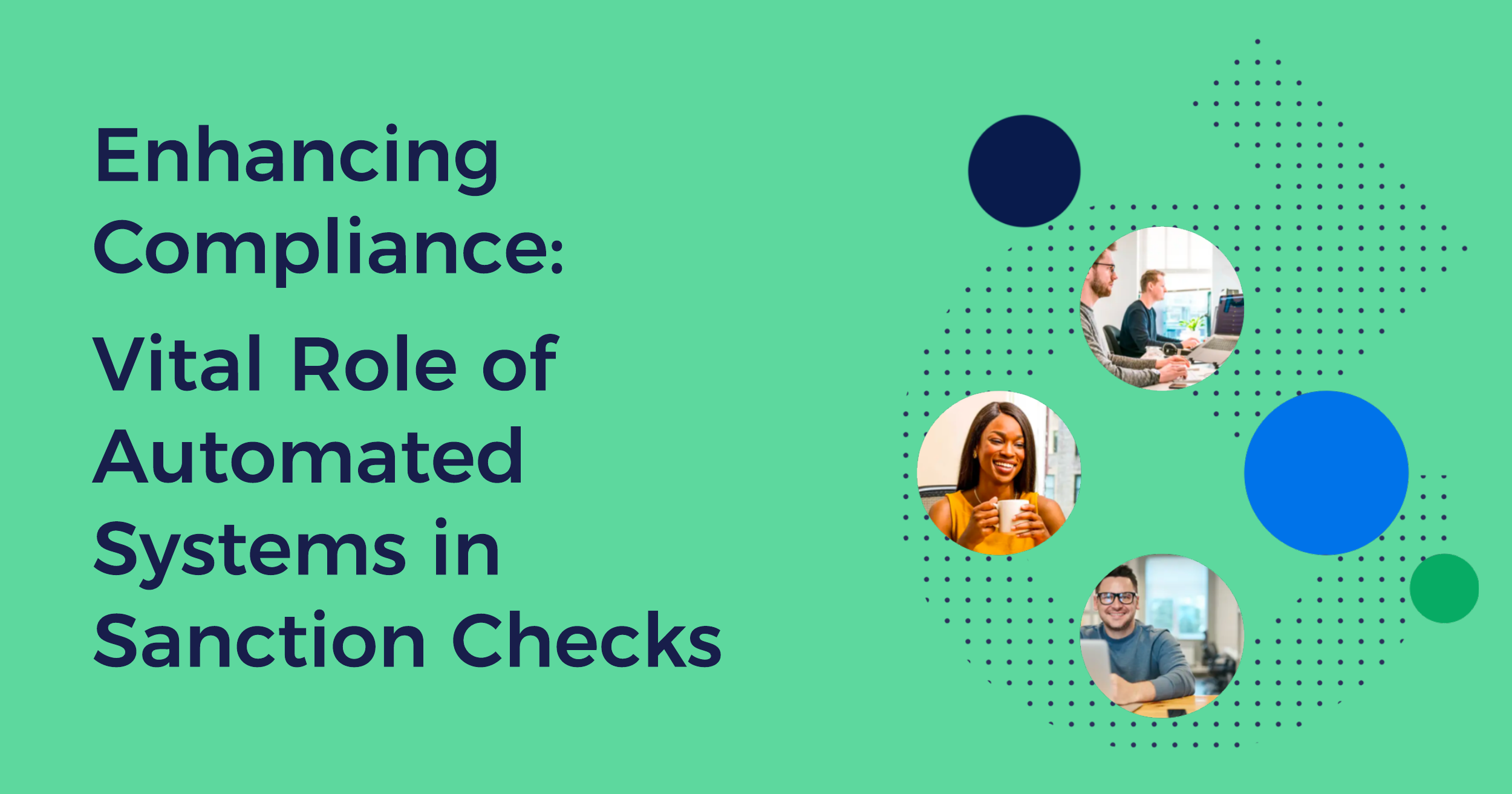
If you're embarking on a healthcare compliance career, you're certainly not alone. The U.S. Bureau of Labor Statistics anticipates a 7% growth in this field through 2024. With the myriad of healthcare compliance requirements, it can sometimes feel overwhelming. In this article, we delve deep into the basics of exclusions OIG to help you grasp what it entails to remain compliant. For additional resources, the OIG website is your go-to platform.
Who or what exactly is the OIG?
The term "OIG" typically refers to the Office of the Inspector General for the Department of Health and Human Services (HHS) in the healthcare sector. While there are other Inspector General offices, the HHS OIG is the most substantial inspector general’s office within the US Federal system, overseeing many health programs and services.
The Role and Strategy of the OIG
The OIG functions as a watchdog for Health & Human Services programs, including Medicare, Medicaid, and over 100 other HHS federal programs. Their primary role is to monitor and prevent fraud, waste, and abuse in these programs, constituting a significant portion of the federal budget.
The OIG conducts audits, investigations, and evaluations nationwide to achieve this. These efforts lead to the development of resources that aid healthcare industry stakeholders in complying with laws against waste and fraud. Moreover, they undertake criminal, civil, and administrative enforcement actions against individuals and entities involved in fraud or waste.
Delving into OIG Exclusions
Exclusions OIG refers to the prohibition imposed by the OIG on certain individuals or entities, barring them from participating in and receiving payment from programs like Medicare and Medicaid. Essentially, these programs won't cover any services, orders, or prescriptions furnished by an excluded provider, including administrative and management services.
Grounds for Exclusions
Exclusions are categorized into two groups: mandatory and permissive. Mandatory exclusions are legally enforced, requiring the OIG to exclude individuals or entities from all federal healthcare programs due to infractions such as Medicare or Medicaid fraud, patient abuse, or felony convictions related to healthcare fraud.
On the other hand, permissive exclusions are discretionary, allowing the OIG to exclude individuals and entities for reasons such as misdemeanor convictions related to healthcare fraud or the unlawful distribution of controlled substances. Refer to the OIG's background information page for a comprehensive list of exclusion reasons.
Identifying Excluded Individuals and Entities
To identify excluded individuals or entities, one can refer to the List of Excluded Individuals/Entities (LEIE), which is updated monthly by the OIG. This list is a crucial resource for healthcare organizations to ensure compliance.
How Often Should Healthcare Organizations Check the LEIE?
Healthcare organizations are advised to check the LEIE regularly to avoid associating with excluded individuals or entities. Given that the OIG updates this list monthly, it is imperative to check each new release. As of the latest update, the LEIE contains over 65,000 entries, illustrating the critical need for regular checks.Efficient Ways to Cross-Reference Employee Rosters with the LEIE
For organizations handling a large number of individuals or entities, downloading the entire LEIE file and utilizing a CSV file or database program for searches is recommended. Automated OIG exclusions monitoring services are also available, offering monthly cross-references of your employee roster with the LEIE and alerting administrators to any matches for further investigation.

So there you have it, a quick reference guide to OIG exclusions.
If you're interested in learning more about automated exclusions monitoring, visit https://evercheck.com/solutions/hr/exclusions-monitoring



